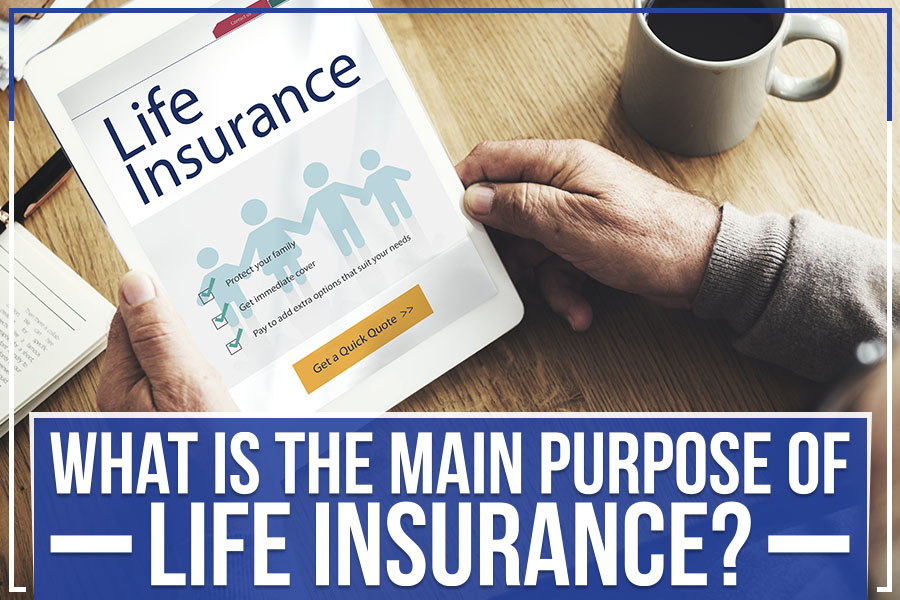The smart Trick of Pacific Prime That Nobody is Discussing
Table of ContentsSome Ideas on Pacific Prime You Should Know10 Easy Facts About Pacific Prime DescribedExamine This Report about Pacific PrimeUnknown Facts About Pacific Prime
In most states, the insurer is required to send you a copy of the modifications to your plan. It is necessary that you review Endorsements or Riders so you comprehend how your policy has actually altered and if the plan is still appropriate to satisfy your demands. To get a copy of your insurance plan, please call your insurance policy representative or firm.
The Institute of Medicine (IOM) Committee on the Repercussions of Uninsurance launches an extended examination of evidence that addresses the relevance of medical insurance coverage with the magazine of this record. Protection Matters is the first in a collection of six reports that will be released over the following 2 years recording the truth and effects of having actually an approximated 40 million people in the United States without health and wellness insurance policy coverage.

Pacific Prime Fundamentals Explained
The objective of this collection of researches is to refocus plan attention on a historical issue. Following the longest economic development in American background, in 1999, an estimated one out of every 6 Americans32 million adults under the age of 65 and greater than 10 million childrenremains without insurance (Mills, 2000).

Ten percent of the population accounts for 70 percent of wellness treatment expenditures, a correlation that has continued to be constant over the past three decades (Berk and Monheit, 2001) - global health insurance. Thus health insurance policy remains to offer the function of spreading risk even as it increasingly finances regular treatment. From the viewpoint of healthcare companies, insurance coverage lugged by their people aids safeguard a revenue stream, and communities benefit from monetarily sensible and secure health care practitioners and institutions
Federal government provides medical insurance to populaces whom the private market might not offer successfully, such as disabled and senior citizens, and populaces whose access to healthcare is socially valued, such as youngsters and expecting ladies. The ultimate ends of wellness insurance protection for the specific and areas, including workplace areas of workers and employers, are improved wellness end results and quality of life.
The Single Strategy To Use For Pacific Prime
Employees rank health insurance policy initially without a doubt in value amongst all the advantages used in the office (Salisbury, 2001). Although there have been substantial investments of personal and public funds to provide health insurance coverage, many individuals still have no insurance coverage. In spite of comprehensive coverage of survey searchings for and healthcare research study results, the basic public stays confused and misinformed regarding Americans without health and wellness insurance and the effects of doing not have coverage.

Without doubt, the intricacy of American healthcare financing systems and the wealth of sources of information include to the general public's confusion and hesitation about medical insurance stats and their interpretation. This report and those that will certainly follow goal to boil down and provide in easily understandable terms the considerable research that bears upon inquiries of health insurance coverage and its significance.
Fifty-seven percent of Americans polled in 1999 thought that those without medical insurance are "able to get the care they require from medical professionals and healthcare facilities" (Blendon et al., 1999, p. 207). In 1993, when national interest was focused on the troubles of the uninsured and on pending healthcare regulation, simply 43 percent of those questioned held this belief (Blendon et al., 1999).

They additionally get fewer precautionary services and are less most likely to have routine take care of chronic problems such as high blood pressure and diabetic issues. Chronic conditions can bring about pricey and disabling issues if they are not well handled (Lurie et al., 1984; Lurie et al., 1986; Ayanian et al., 2000). One national survey asked even more than 3,400 grownups about 15 highly significant or dark problems.
Some Known Factual Statements About Pacific Prime
Extra evidence is provided later in this chapter in the discussion of insurance coverage and accessibility to health treatment. https://pacificpr1me.carrd.co/. People without medical insurance are young and healthy and pick to go without coverage. Nearly half (43 percent) of those evaluated in 2000 believed that individuals without medical insurance are more probable to have health problems than individuals with insurance policy
Voters and plan makers in focus group discussions identify those without insurance policy as youths that have the possibility to be covered and feel they do not need it (Doorperson Novelli, 2001). Compared to those with a minimum of some private coverage, the uninsured are less likely to report remaining in outstanding or great health and wellness (Firm for discover this info here Medical Care Study and High Quality, 2001).
SOURCE: Facility for Expense and Financing Researches, Firm for Health Care Study and Quality, based upon MEPS information. Young person between 19 and 34 are far much more likely to lack wellness insurance than any other age group. This is primarily because they are much less often eligible for employment-based insurance coverage because of the nature of their task or their brief period in it.
The assumption that people without insurance coverage have better-than-average health follows from perplexing the reasonably young age account of the uninsured with the better health, usually, of more youthful persons. This obscures the web link between health and wellness status and medical insurance. For those without accessibility to office medical insurance, poor health is a possible obstacle to buying nongroup protection because such coverage might be highly valued, omit pre-existing problems, or be simply unavailable.